This site runs ads and generates income from affiliate links. Read my disclosure policy.
Dive into our guide on how many Tablespoons are in 1/2 Cup! Master kitchen conversions and measurement tips to perfect your recipes.
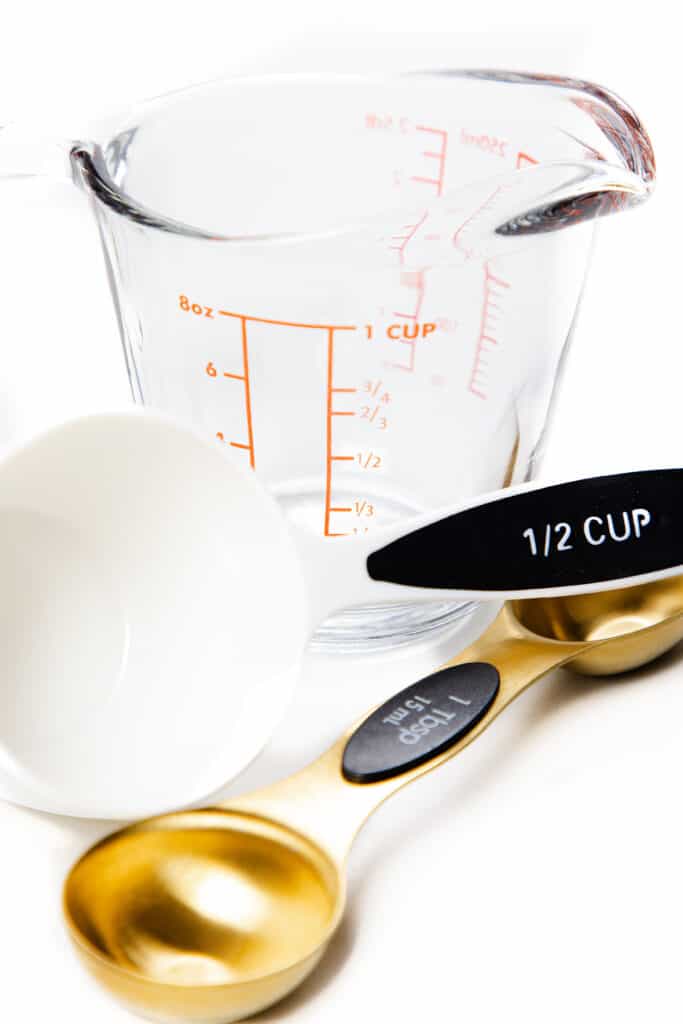
How Many Tablespoons in ½ Cup?
For successful cooking, whether you’re an experienced chef or a novice, you need precise measurements. Accuracy in measurements is the key to achieving the perfect flavors and textures in your dishes. But what happens when a recipe calls for ½ cup, and you only have to measure spoons? Fear not, as we navigate the realm of measurements and conversions together, equipping you with the essential understanding you need.
The US Conversion Formula
When a recipe calls for a US ½ cup, and you only have to measure spoons, here’s a simple calculation:
In the US, there are 16 tablespoons in 1 cup. Therefore, the calculation to determine the number of tablespoons in a half cup is straightforward:
0.5 x 16 = 8.
So, there are exactly 8 US tablespoons in a ½ cup.
Tablespoons Around the World
The term “tablespoon” might seem like a universal unit of measurement, but it can differ depending on the country or region. These differences can have a significant impact on your recipes.
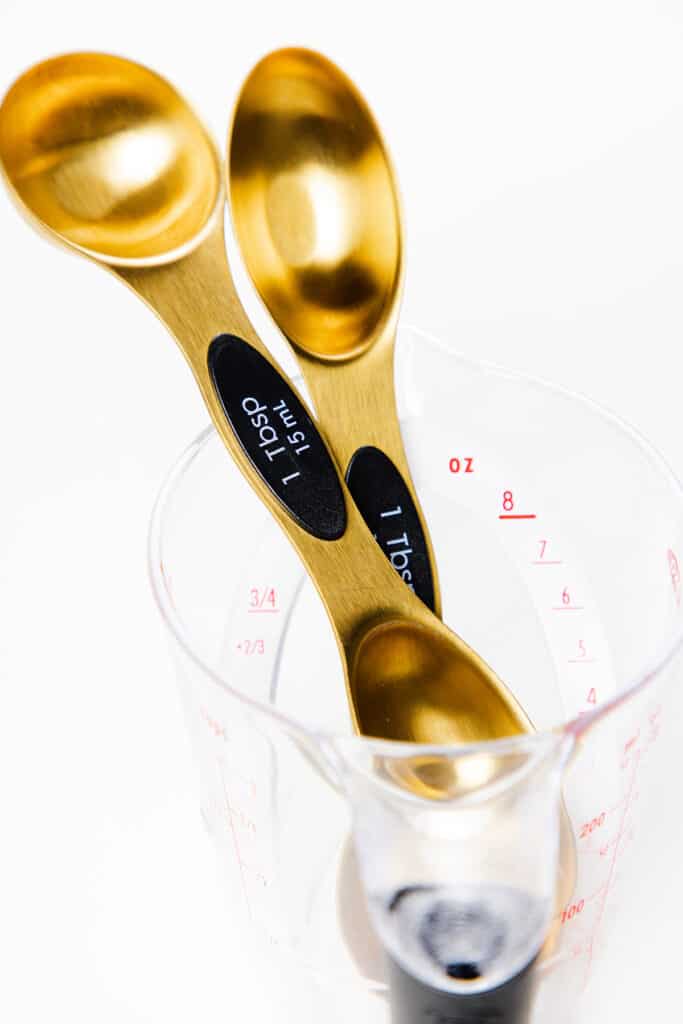
To demonstrate these differences, we’ve compiled a conversion table showing the equivalent value of a ½ US cup (approximately 118.3 milliliters) in tablespoons across various countries. Please note that these are approximations, and the actual size of a tablespoon can vary, even within a single country.
Equivalent Value of ½ US Cup in Tablespoons across Different Countries
| Country | Equivalent Value |
|---|---|
| United States, Canada | 8 tablespoons |
| United Kingdom, Australia | Approx. 6 tablespoons |
| New Zealand | Approx. 6 tablespoons |
| Germany (European Union) | 8 tablespoons |
| France (European Union) | Approx. 9.4-9.6 tablespoons |
| Japan | 8 tablespoons |
| South Africa | 8 tablespoons |
| Sweden | 8 tablespoons |
| Russia | Approx. 8.4 tablespoons |
| Netherlands | 8 tablespoons |
Remember that although numerous countries adhere to the standard of 15 milliliters per tablespoon, some might interpret a tablespoon as encompassing a larger or smaller volume. It’s always prudent to verify these measurements for precision, particularly when following recipes originating from diverse regions.
Metric vs. Imperial Measurements
Your culinary journeys might necessitate grasping various measurement systems. Globally, there are two main systems in use: the Imperial system, largely employed in the United States, and the Metric system, embraced by the majority of other nations.
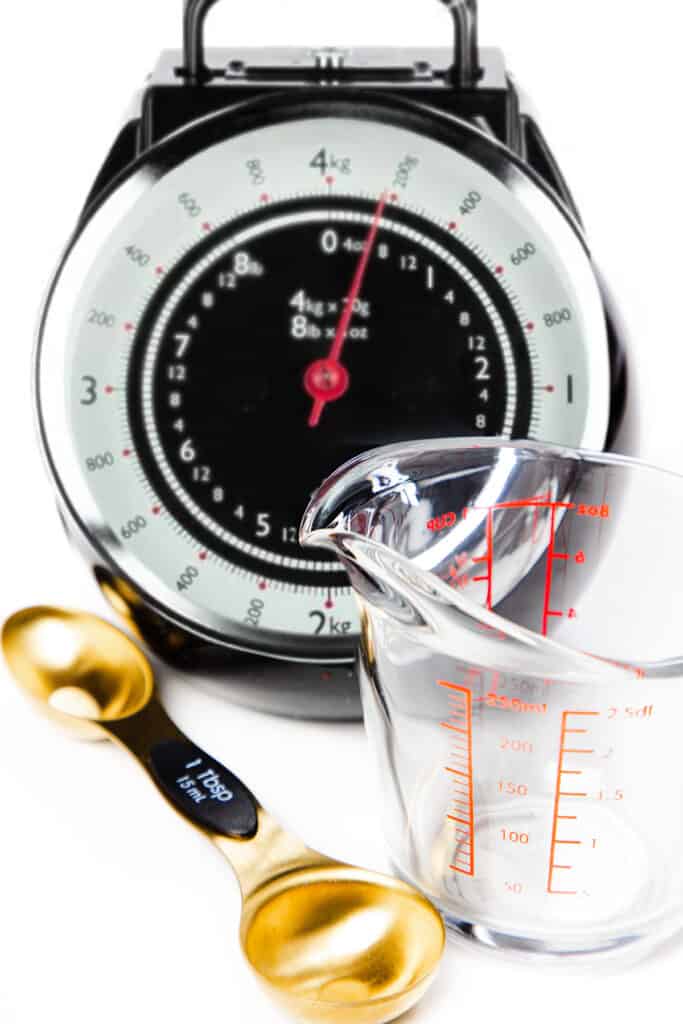
The Imperial system: Measurements are given in pounds, ounces, tablespoons, teaspoons, cups, gallons, pints, and quarts.
The Metric system: based on multiples of ten, the metric system measures milliliters, liters, grams, and kilograms.
Translating between these two systems is crucial for the success of a recipe, especially if it originates from another country.
½ US cup in Imperial and Metric Units
Below is a conversion chart offering equivalents for ½ US cup in several frequently utilized Metric and Imperial units:
| Measurement | Equivalent to ½ US Cup |
|---|---|
| Milliliters (Metric) | Approx. 118.3 mL |
| Liters (Metric) | Approx. 0.1183 L |
| Fluid ounces (Imperial) | 4 fl oz |
| Pints (Imperial) | 0.25 pt |
| Quarts (Imperial) | 0.125 qt |
| Gallons (Imperial) | 0.03125 gal |
| Teaspoons (Imperial) | 24 tsp |
| Tablespoons (Imperial) | 8 tbsp |
These conversions are approximations. Using a kitchen scale or accurate measuring tools is best when precision is critical.
Liquid Conversions
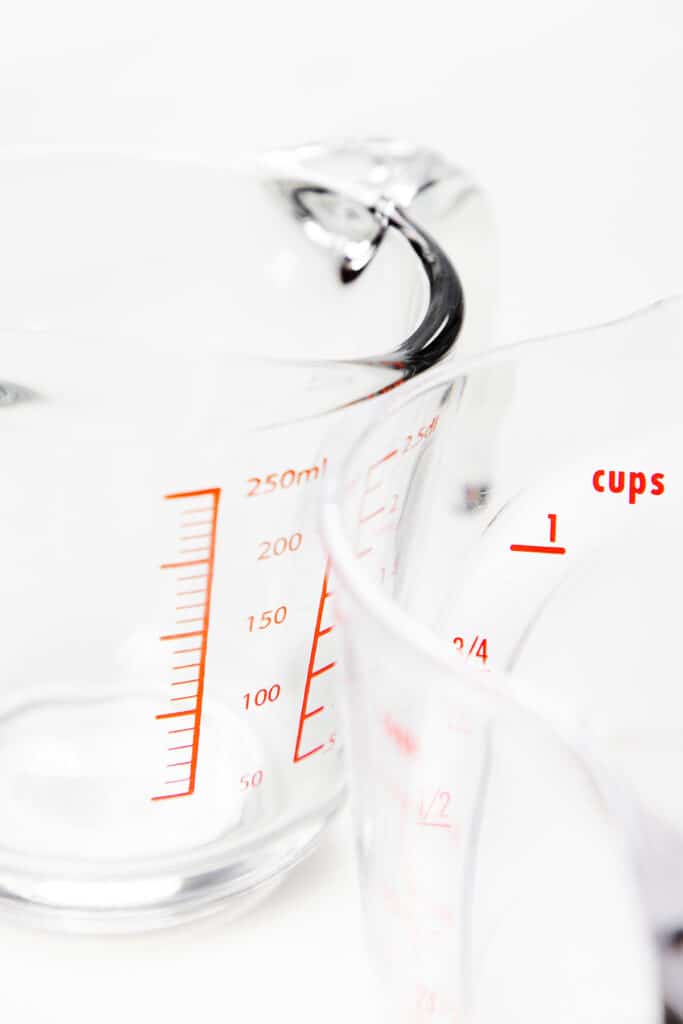
Liquid measurements can differ across different regions and countries. Here are some common forms of liquid conversions used worldwide for a US 1/2 cup.
| Measurement | Equivalent to ½ US Cup |
|---|---|
| Milliliters (Metric) | Approx. 118.3 mL |
| Fluid ounces (US) | 4 fl oz |
| Teaspoons (US) | 24 tsp |
| Tablespoons (US) | 8 tbsp |
It’s important to use accurate measuring instruments when precision is key, particularly when adhering to recipes originating from regions with varying measurement norms.
See our conversions guides for more handy measurement conversions.
Erren’s Measuring Tips
- Fluff Your Dry Ingredients: Before measuring dry ingredients like flour or sugar, give them a quick fluff. This action breaks apart any lumps and provides a more consistent texture, leading to a uniform mix in your dishes and an enhanced flavor profile.
- Choose Your Measuring Tools Wisely: Not every measuring cup is the same. For liquids, opt for a pourable measuring cup to avoid spills and ensure precision. For dry ingredients, consider nested measuring cups that can be filled to the top and leveled for exact measurements.
- Go Digital For Exactness: Baking demands precision, and a digital kitchen scale can be your best ally. Measuring by weight often provides the most accurate results and guarantees consistency in your recipes. Invest in a good quality kitchen scale for best results.
- Know Your Ingredients: Different ingredients have varying densities, impacting how much they weigh for a given volume. A cup of flour, for instance, will have a different weight than a cup of sugar. Learning the common densities of ingredients can help you adjust measurements for consistent outcomes.
- Keep A Handy Conversion Guide: A conversion chart or a kitchen app can be a great time-saver and help you avoid mistakes. These tools can assist in converting between different units, such as ounces to grams or cups, and ensure accuracy when trying out recipes from various sources.
- Master the “Tare” Function: When using a digital scale, always “tare” or zero the scale after placing your bowl on it but before adding ingredients. This practice allows you to measure the ingredient weight accurately without including the container’s weight.
- Distinguish Between Liquid and Dry Measures: Recognize the difference between liquid and dry measuring tools. Liquid measuring cups often feature a pour spout, while dry ones have a straight rim for leveling off excess. Use the right type for each ingredient to ensure accurate measurements.
- Document Your Discoveries: Keep a record of your culinary experiments. If you’ve made successful substitutions or adjustments, jot them down. This habit can help you build a personal collection of recipes and cooking techniques that you can rely on.

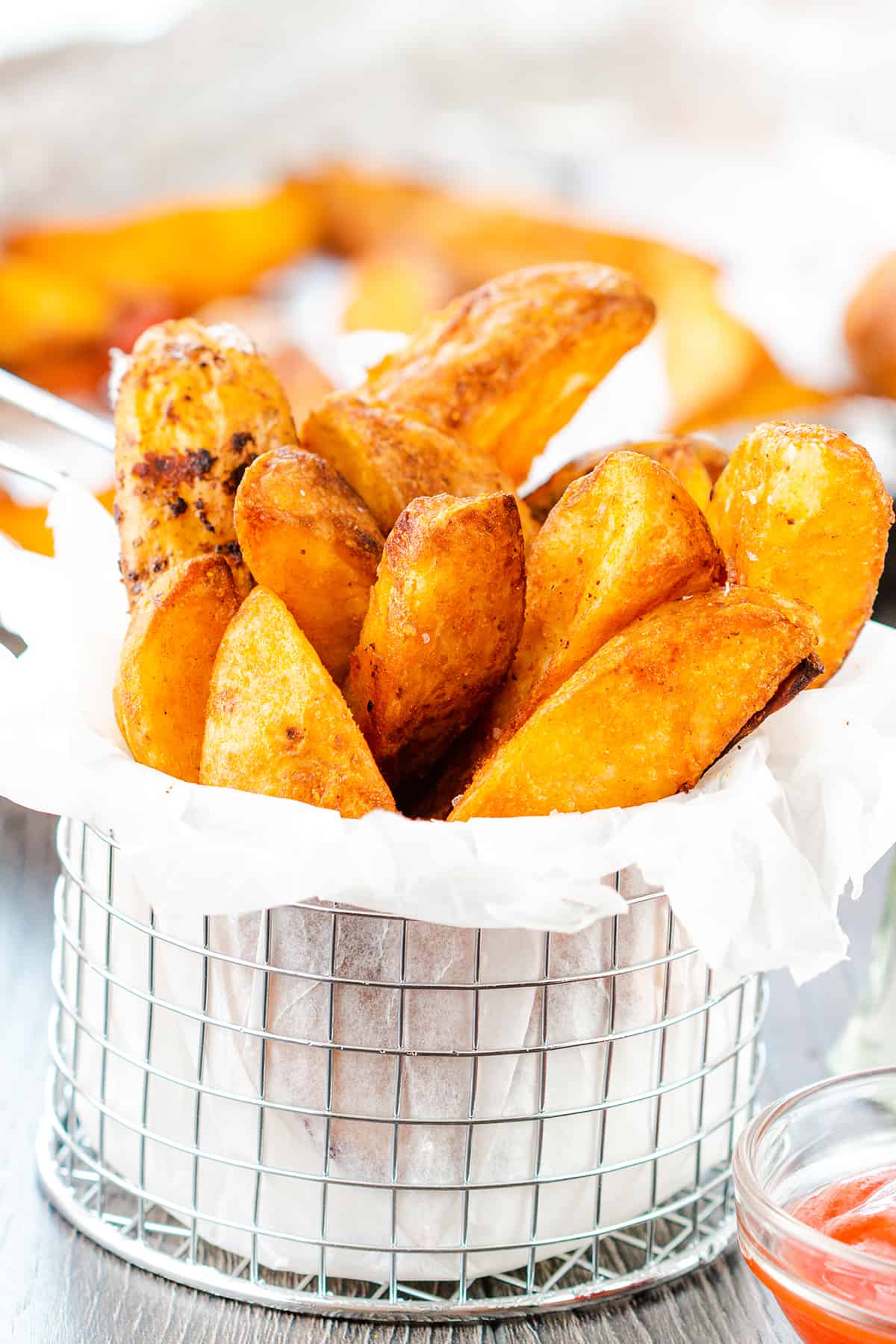
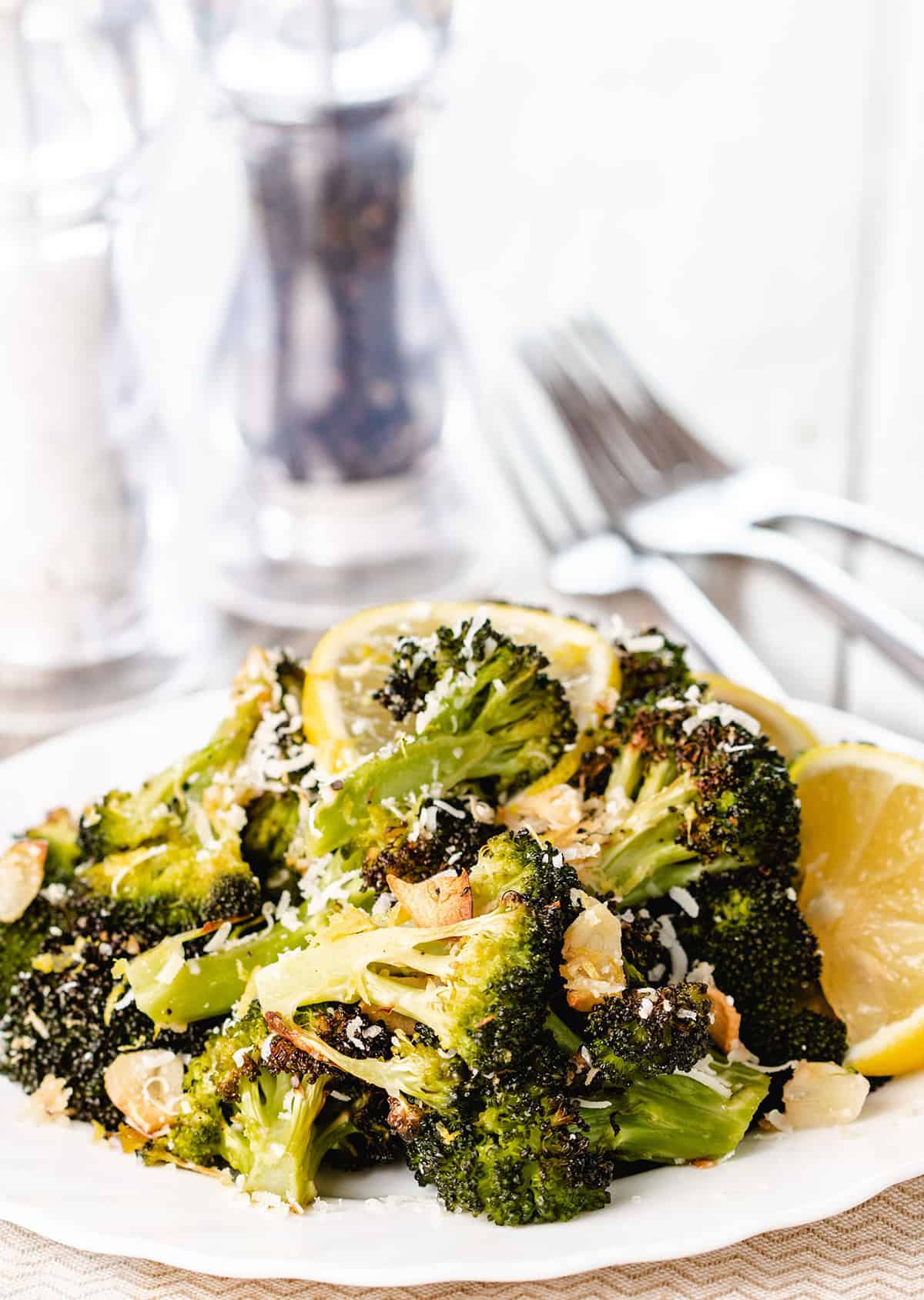
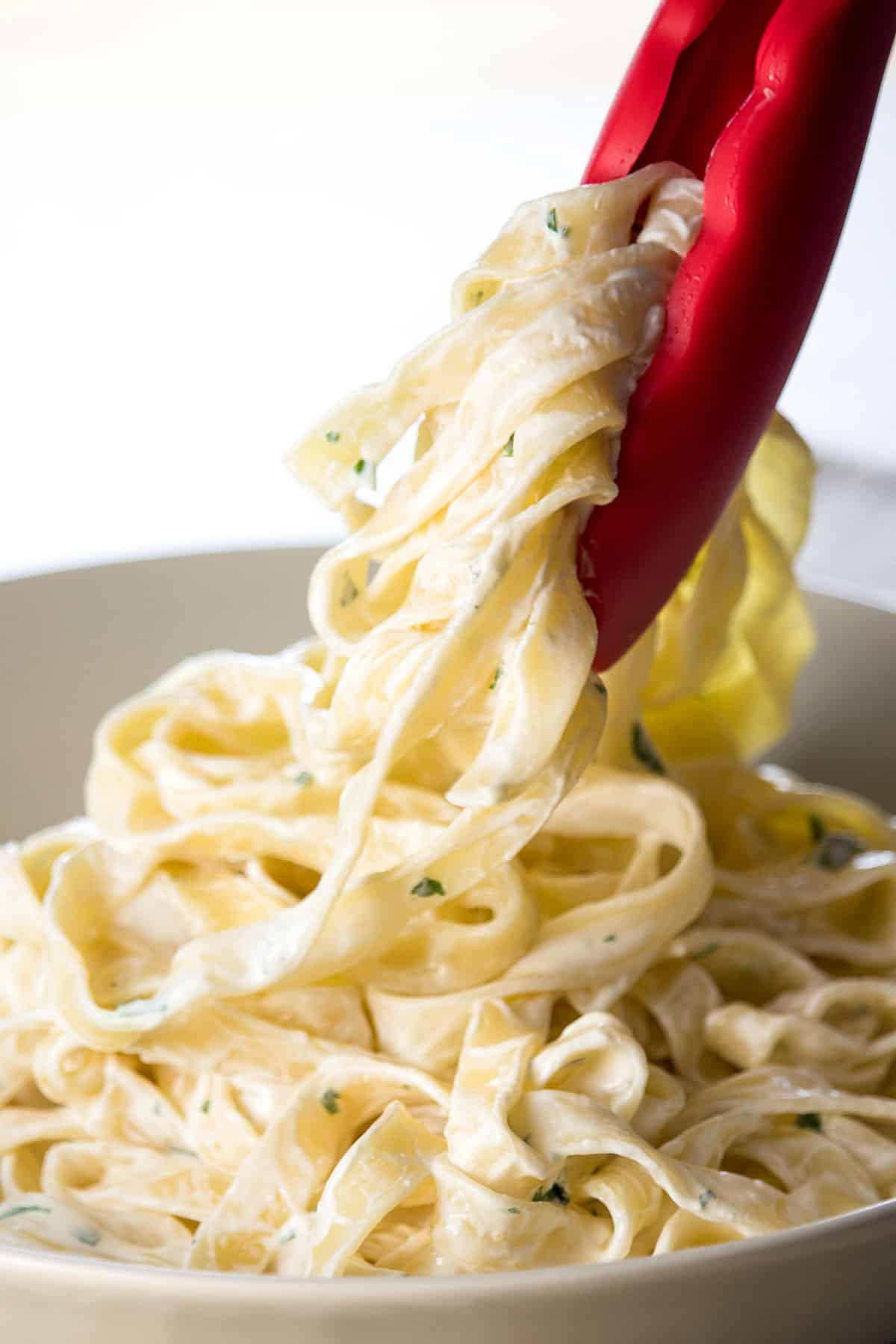
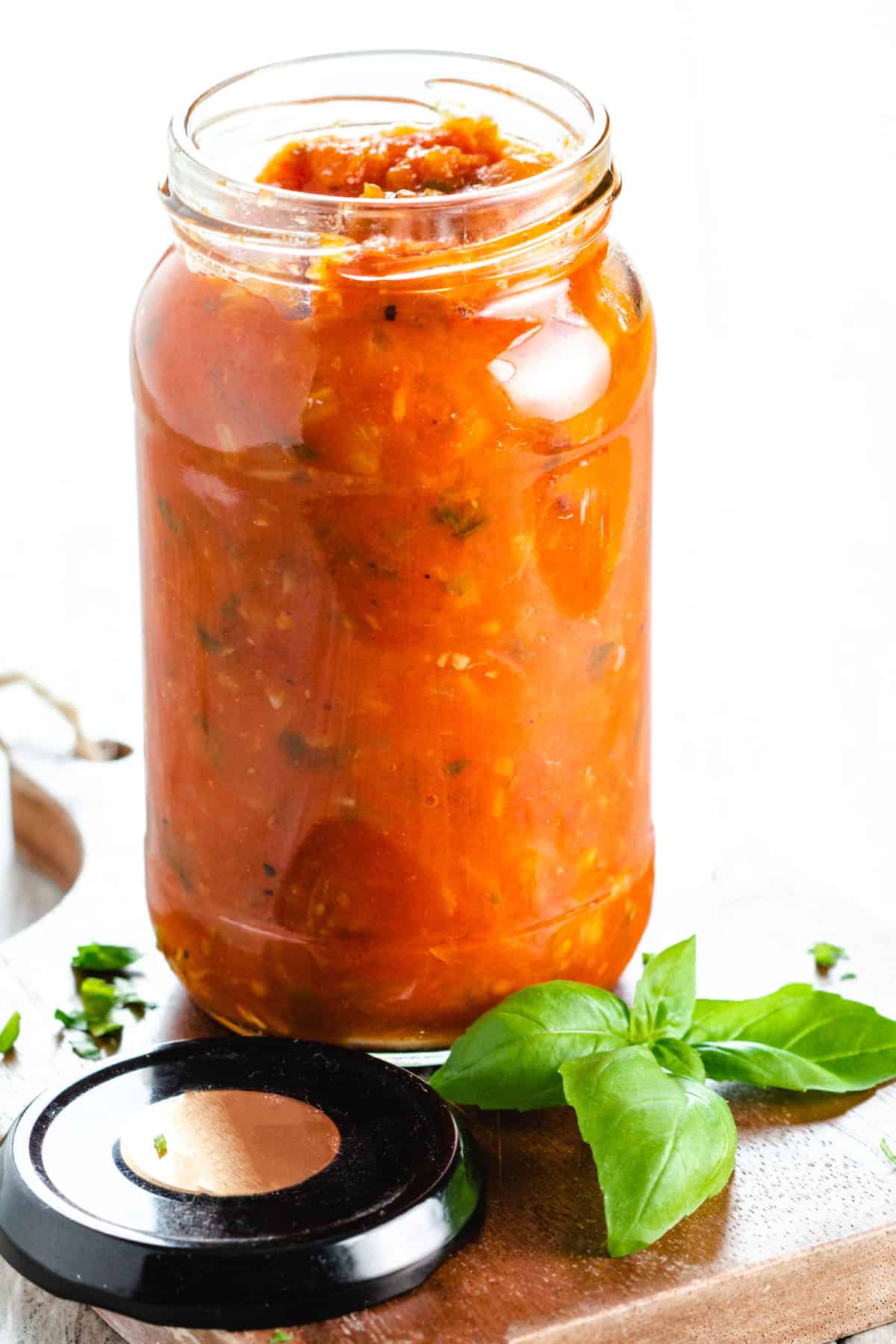
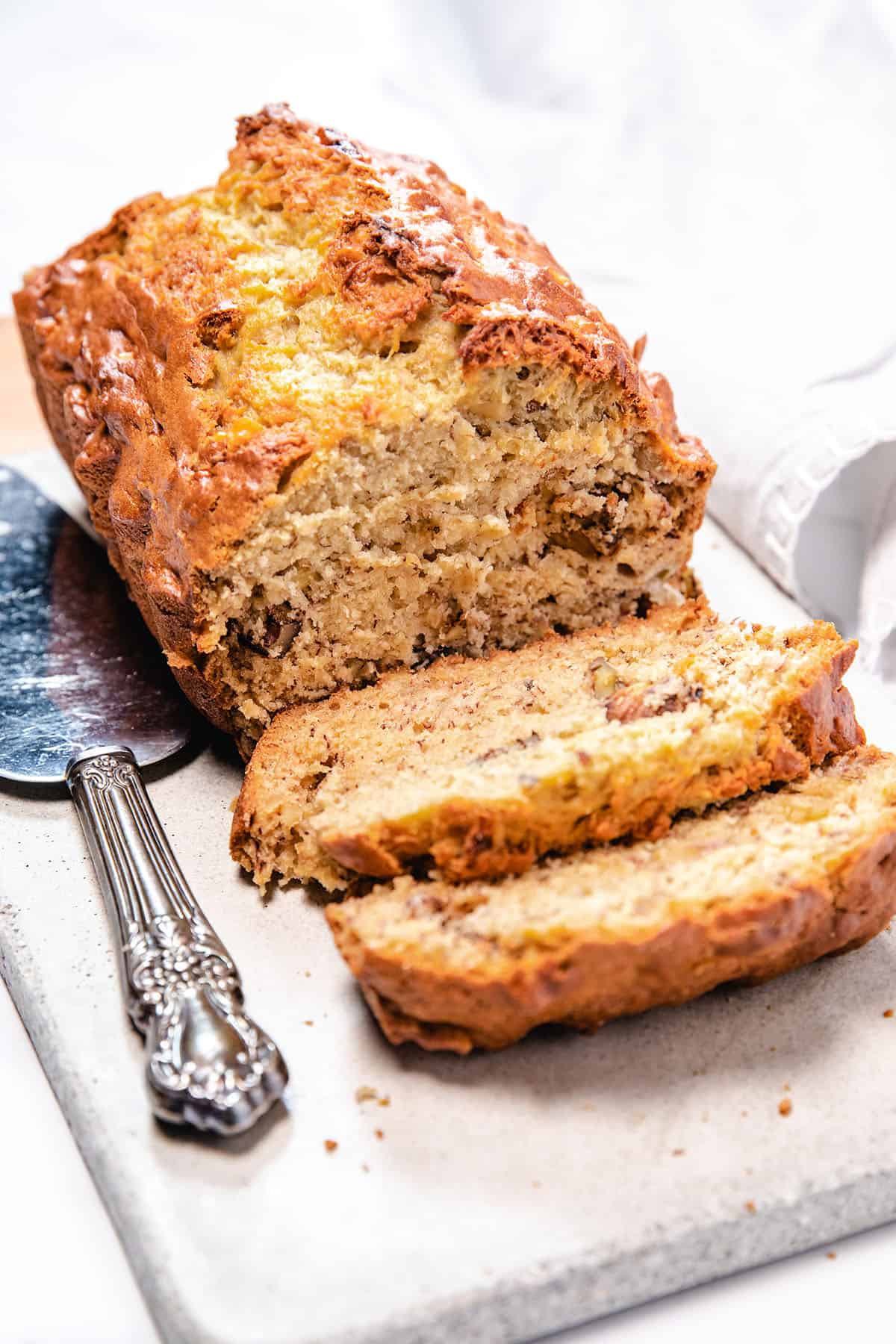
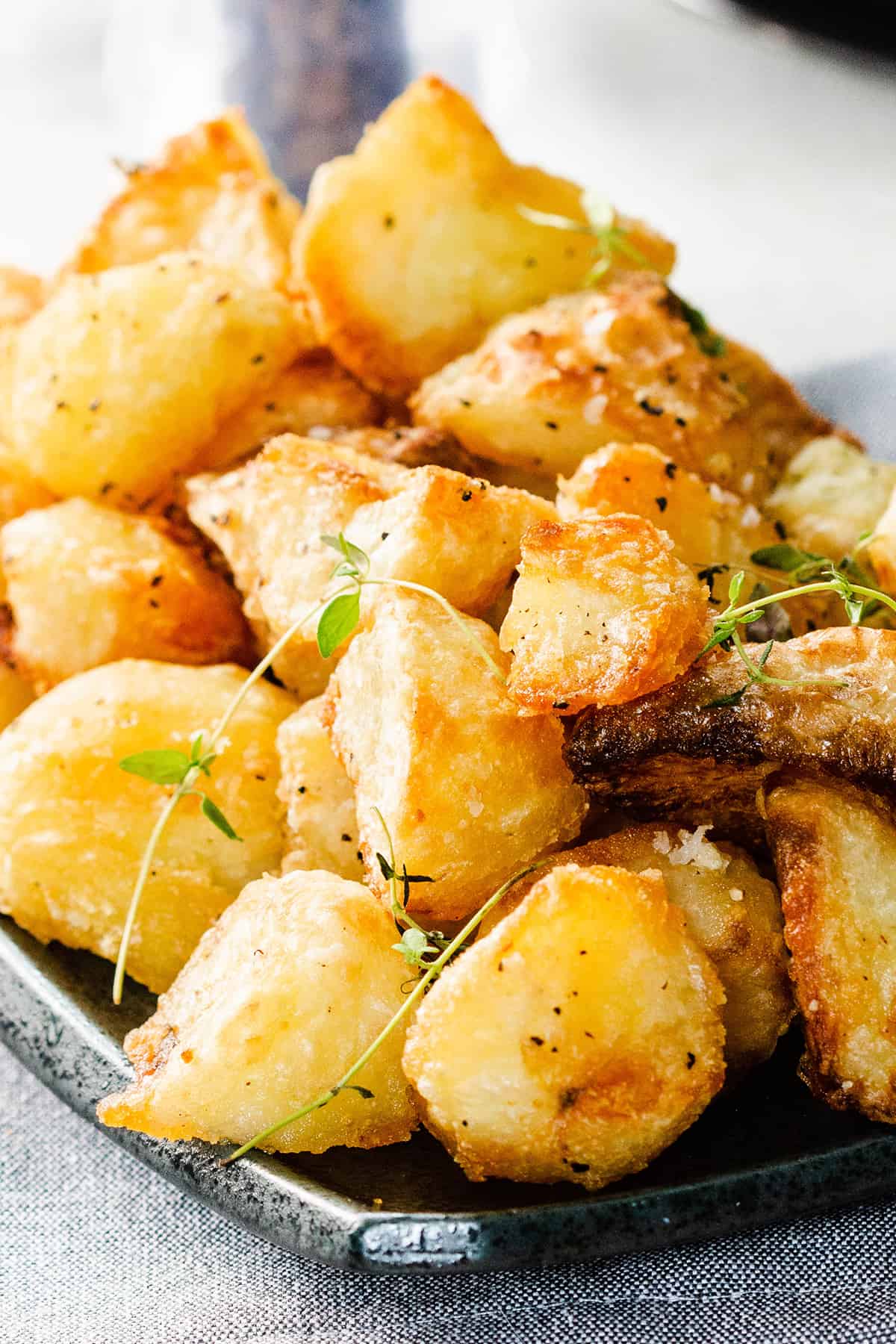
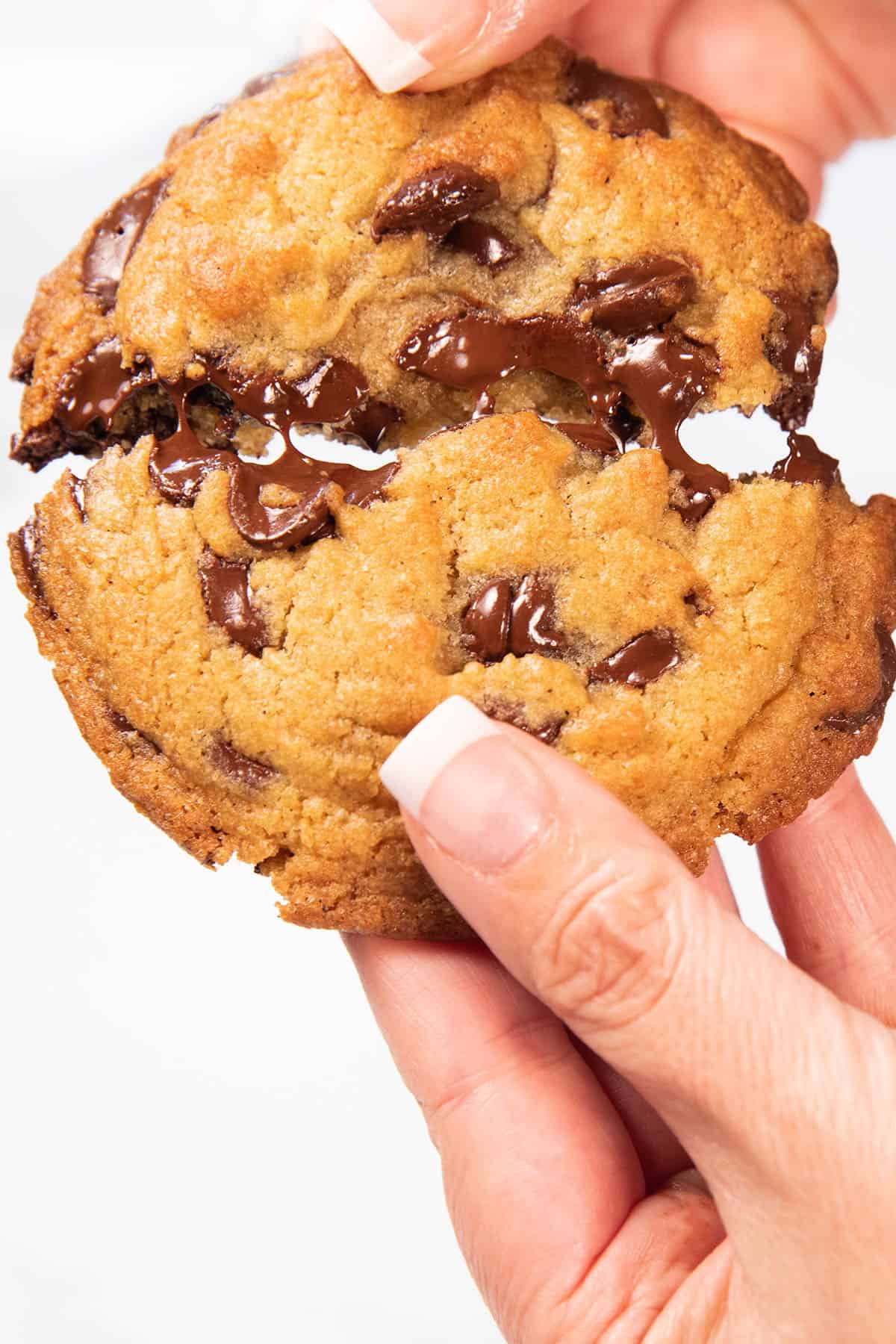
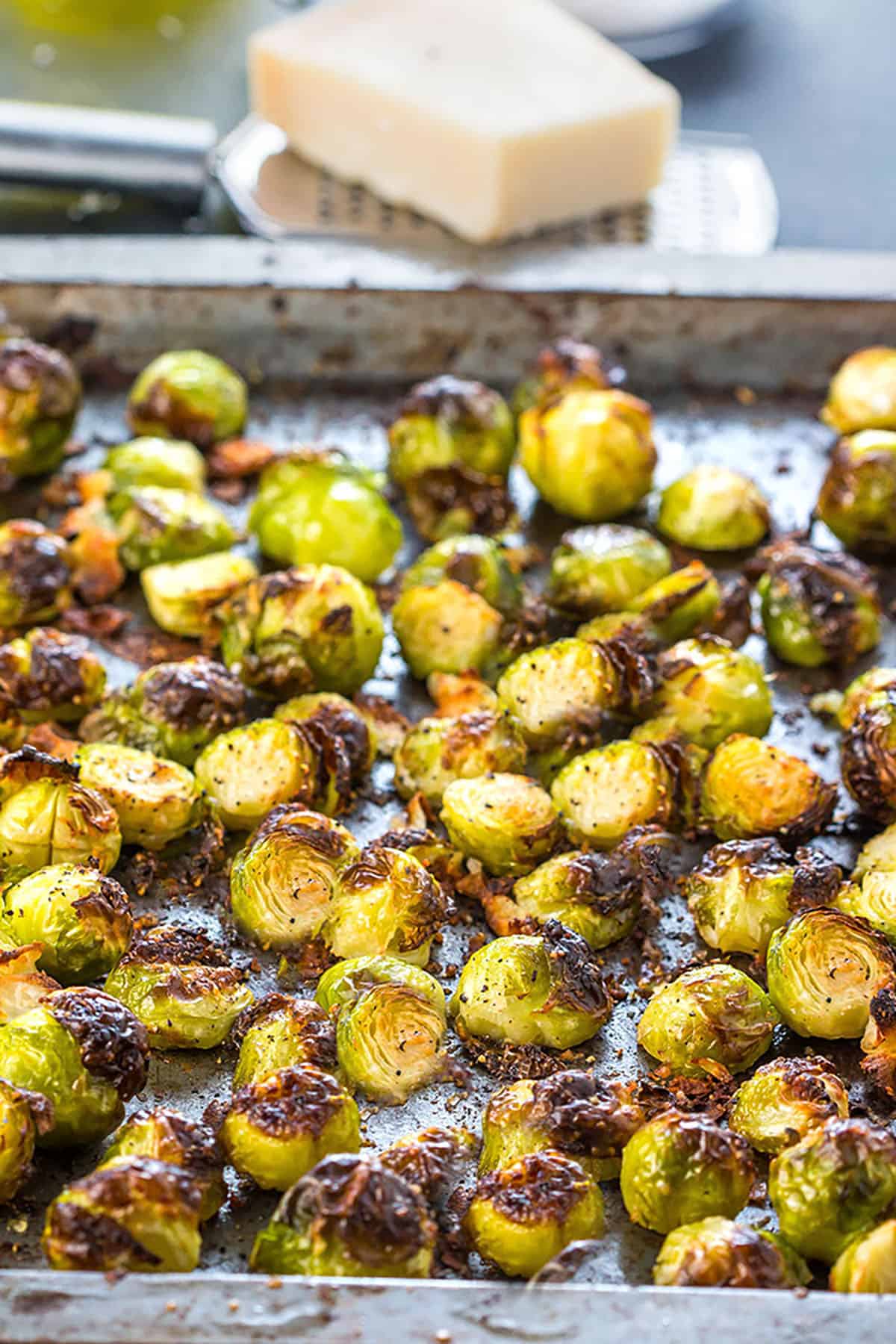
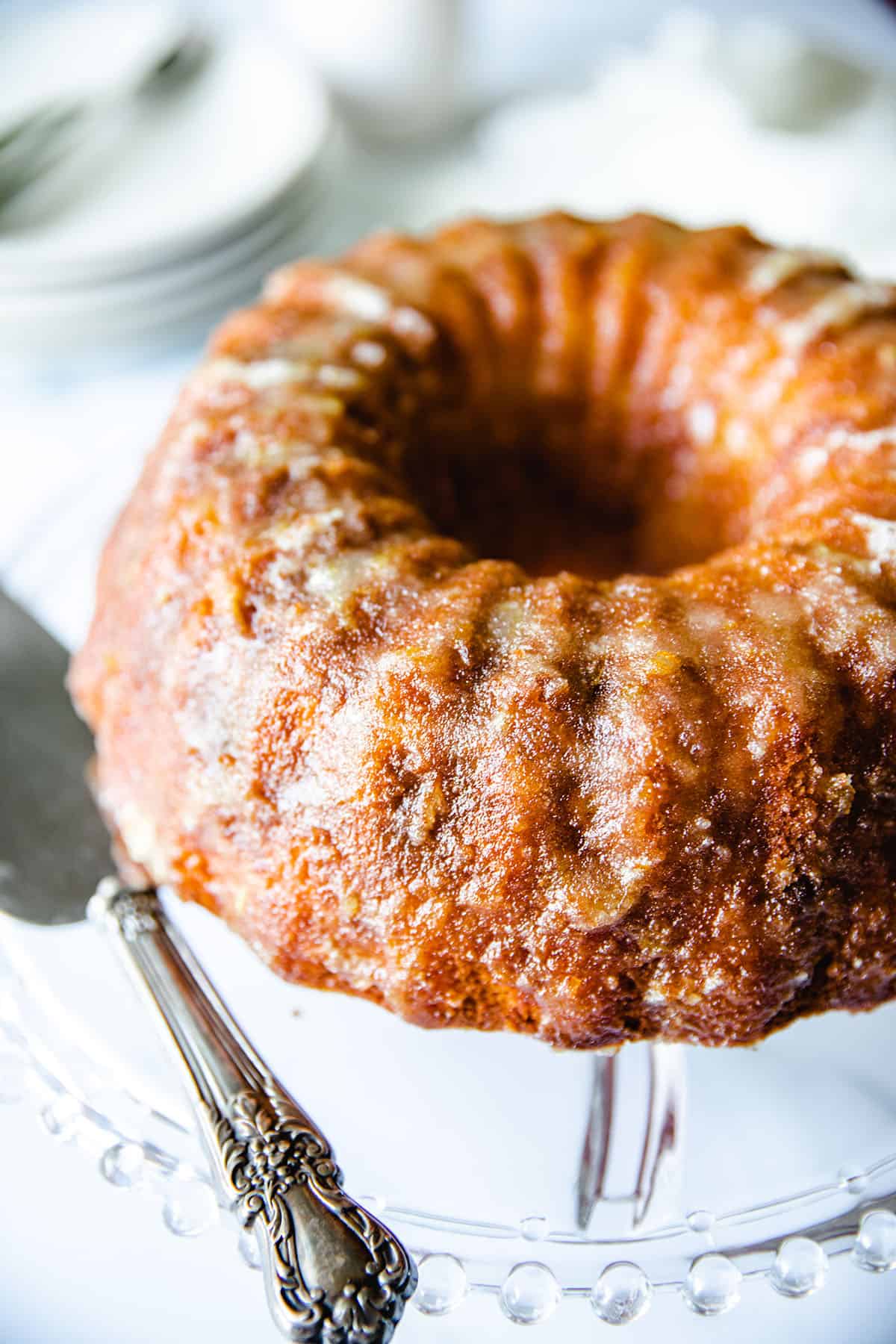
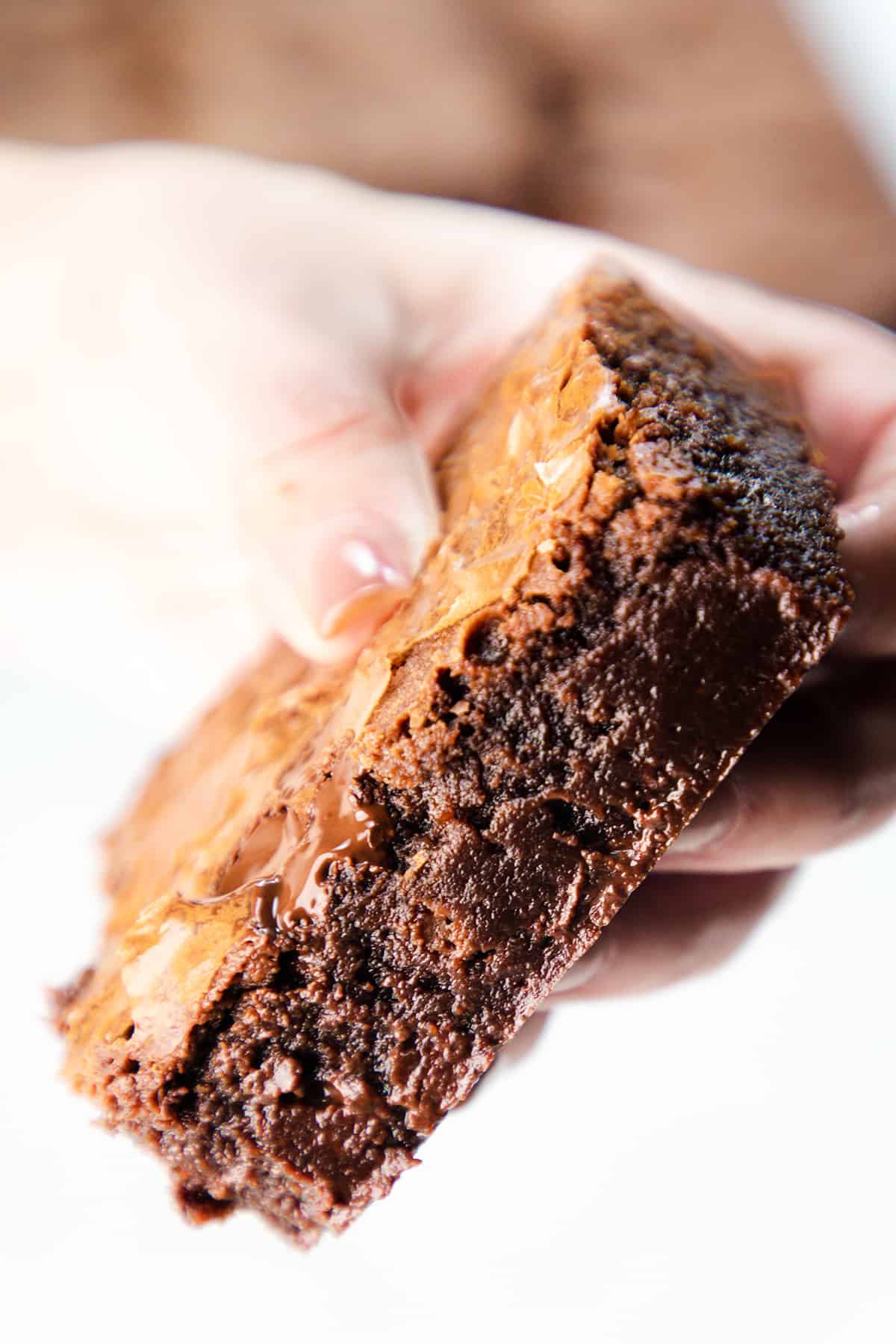
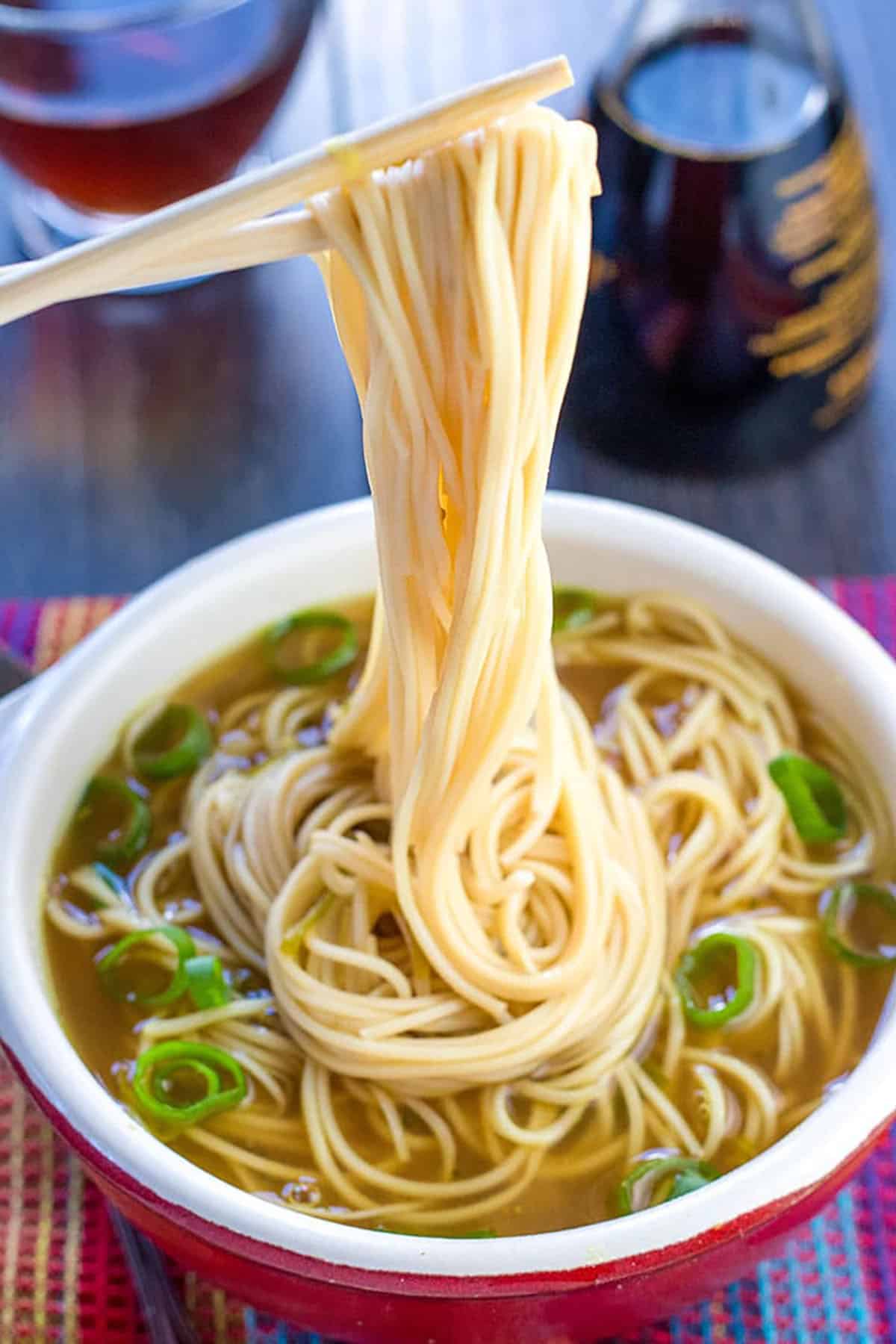
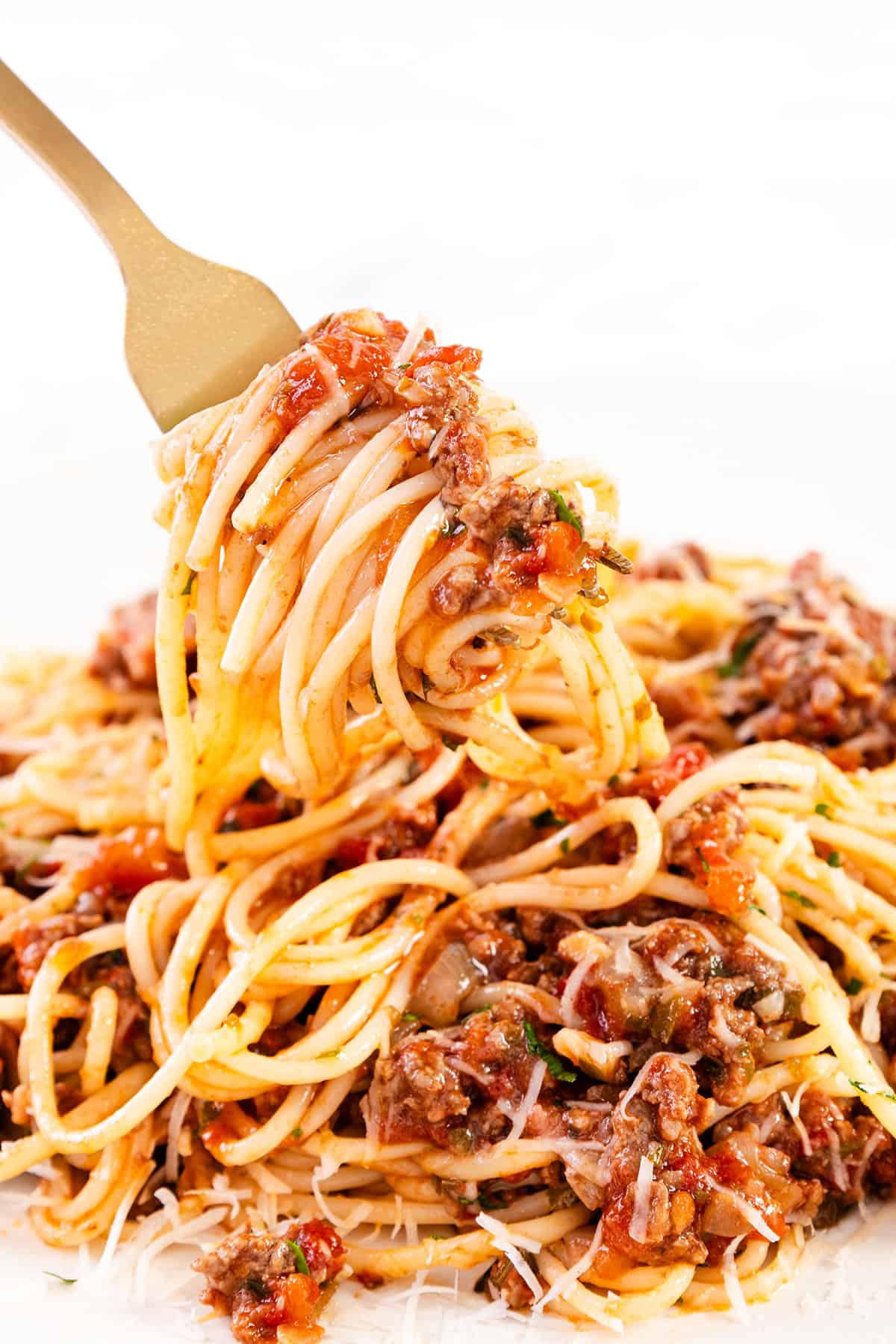
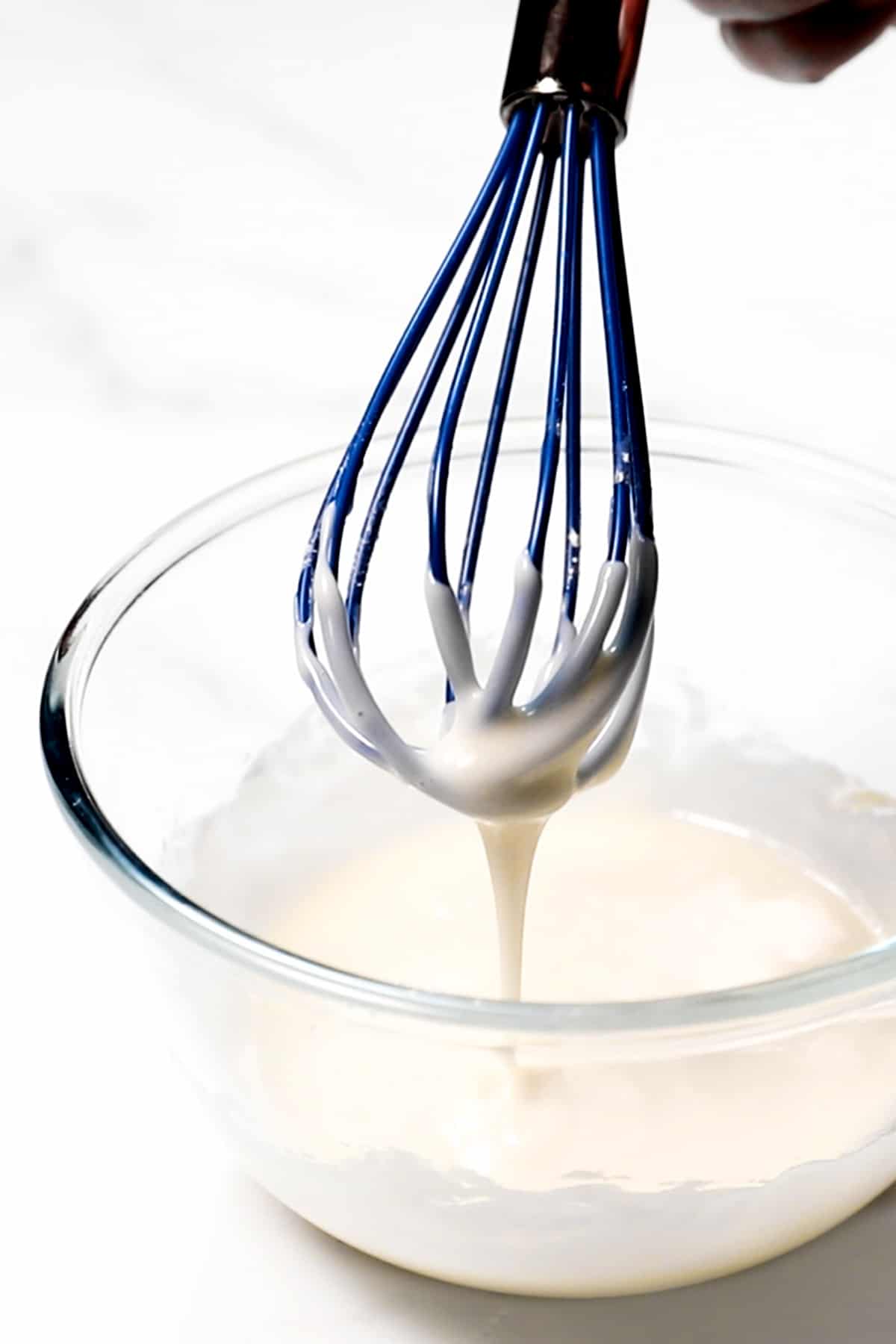
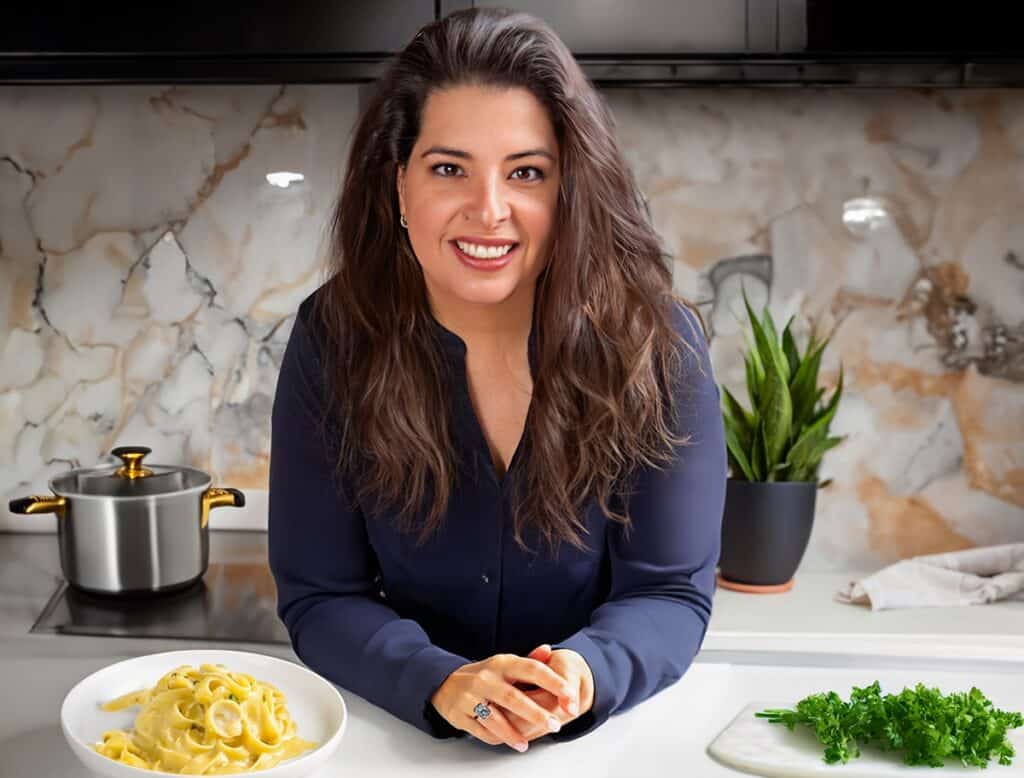
Leave a Reply